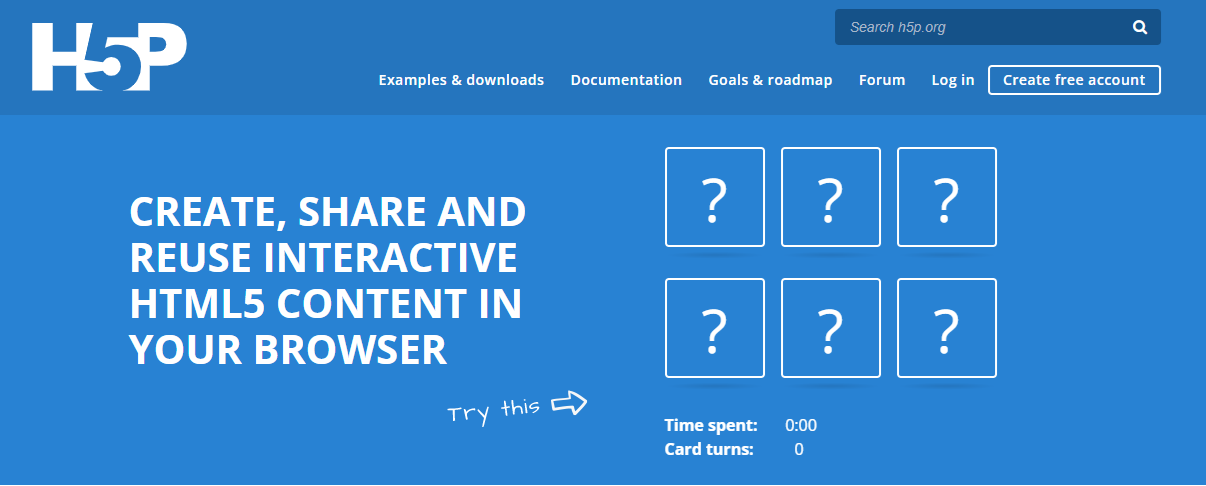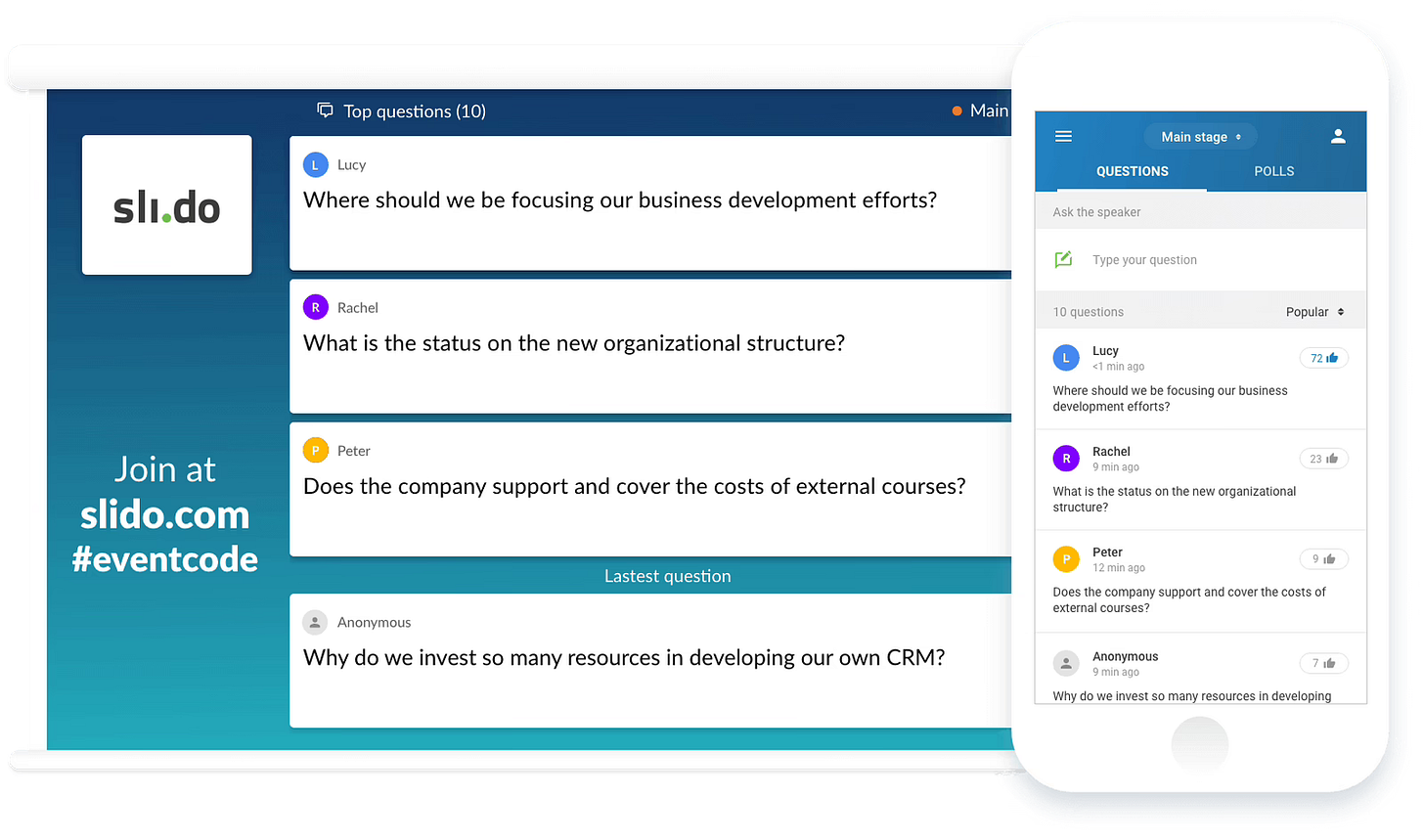Our four favourite digital learning tools
Our committee pick some of their most-loved free tools that help them in their digital day job.
The internet is full of digital tools to help save us time and money. And even better, some of these tools can also help with online engagement and accessibility.
We asked the Digital Learning Network (DLNET) committee what digital tools they find most useful for their digital learning projects. Here are the top four.
H5P
What is it?
H5P can help to create a huge range of interactive content. This includes word searches, interactive videos, quizzes, and even Augmented Reality and 360 images.
The content embeds seamlessly into many different websites or CMS. Additionally, it can be used with a Learning Management System (like Moodle) to provide analytic data. This data can reveal how people are using the interactive content and what they have learned.
How do you use it for digital learning?
I have found the 'Course Presentation' content type my go-to, which allows you to create multiple slides and string together lots of the other types of interactive content and games in one place.
Any top tips on how to use it?
Dive in and have a play with it! There's so much there, so many different things you can make. Become familiar with everything it can do, so you can pick to right tool for the jobs you want to do!
Lizzie Seymour, DLNET Events team
Hemingway App
What is it?
The Hemingway App is a browser based editor that tells you how easy to understand your writing is. Since people read slower online, it is a very useful tool for checking your work.
It shows you the phrases and sentences that are too tricky to read. It also gives your text a reading grade.
How can it support digital learning?
Since I discovered the Hemmingway Editor, I run all my written text through it (including this)! I find this editor particularly useful when writing for children or people with additional barriers to learning. I am able to see clearly where I need to use shorter sentences or less technical words. And ultimately, this helps my content to be more accessible to all.
Any top tips on how to use it?
I always aim for grade 6 or 7 for general text. For younger audiences or those that might have additional barriers, I am for grade 2 or 3.
Rosie Cooper, DLNET Content team
Slido
What is it?
Slido is an application that adds live polls, quizzes, and Q&As to online meetings. It works with platforms like Teams, PowerPoint, Google Slides, and Zoom.
It’s a great way to collect reactions to ideas and information quickly and gauge the feelings in the ‘room’. Participants can access the Slido for the session by typing in a numerical code (there’s also a QR code) at slido.com.
How can it support digital learning?
I like to use it as an icebreaker at the beginning of online sessions to engage all participants. I also used it recently so learners could direct a curator’s actions as part of an online live handling session. This was a great way to talk about different aspects of handling objects. I also love it for collecting personal context from learners that I can use to tailor the session.
Any top tips on how to use it?
The 'Course Presentation' content type is my go-to. It allows you to create multiple slides of content and string together lots of the other types of interactive content in one place.
Nicole Smith, DLNET Events team
Paperpile
What is it?
Paperpile is a resource compiler designed to integrate with Chrome and Google Apps. It can organise PDFs in Google Drive and cite references within Google Docs.
The platform allows users to organise their library with folders, labels, and stars. It can also automates tasks such as fixing incomplete references and eliminating duplicates.
How can it support digital learning?
Paperpile offers robust annotation capabilities, allowing users to highlight, underline, and add sticky notes to PDFs. Collaborative features enable users to create reading lists, share papers with colleagues, and collaborate on documents in Google Docs.
When writing my master's dissertation on using websites and social media in the heritage sector, I used these capabilities to organise the facts and studies gathered by social media medium, website, and type of institution. This made it much easier to pull the correct resources when writing each chapter.
Any top tips on how to use it?
One of my favourite features is its support for online collection, with seamless importing of data from popular scholarly databases like Google Scholar and PubMed. Furthermore, PDF synchronisation via Google Drive ensures accessibility across devices with no storage size limitations.
Katie Nichols, DLNET Networking and Comms
Article thumbnail image @freepik
Do you have a tried and tested digital learning tool that you couldn’t do without?
Share it with us in the comments.







